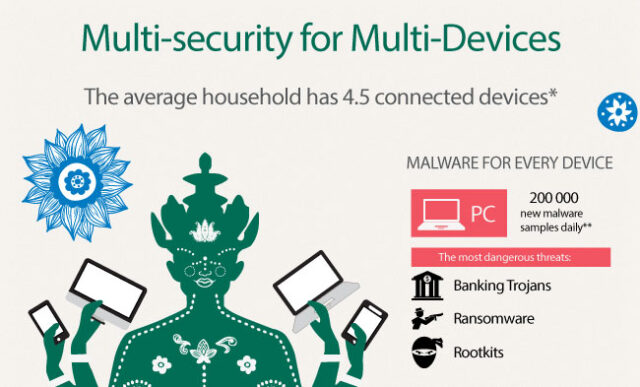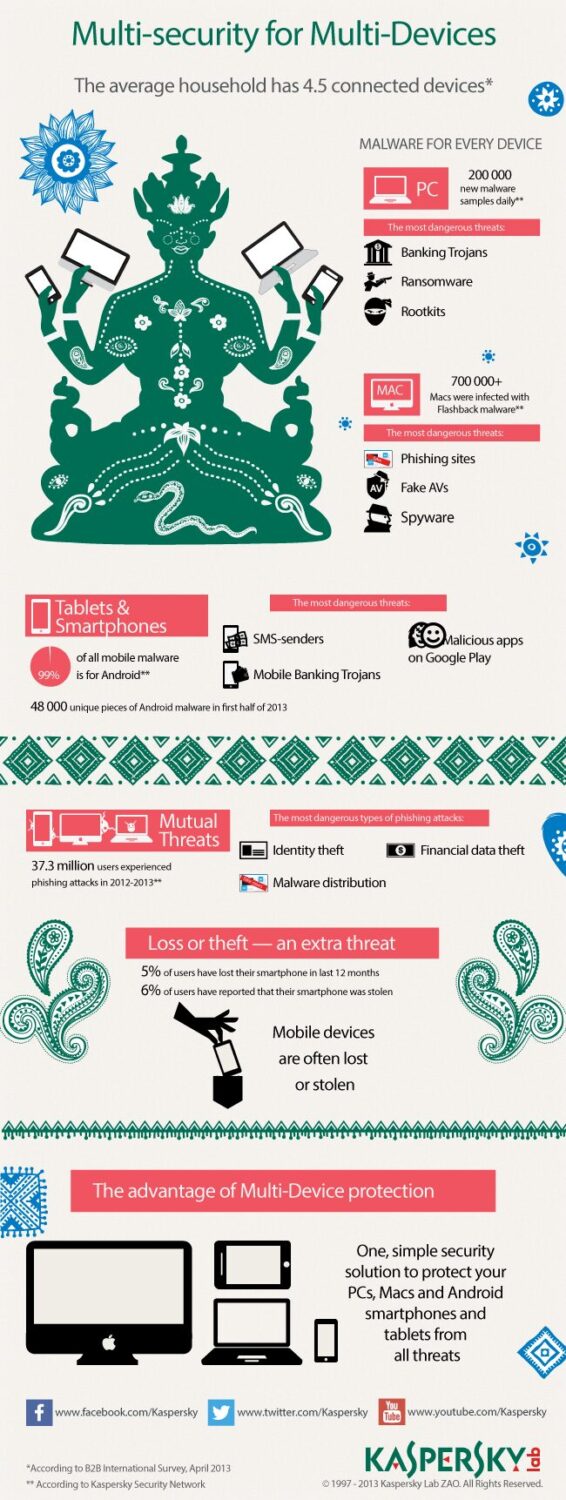
We all know and we can confess that we are dependent on the internet. There is no doubt. But increasingly various risks lurking and increases the number of security incidents. They steal personal and business data, accounts, etc.
The World Wide Web was created 25 years ago, it was used as an informational text channel on which the physicists shared their research. It was a small community made up of people full of confidence in each other. Today, networking is not so friendly. Dangers lurk on all sides because we use the Internet not only to obtain information but to pay bills, buy certain products or communicate with others.
Although the Internet was created based on the rule requires that each packet is sent to a valid address, but this provision is strictly not confirm the source and can be easily bypassed. As a result, hackers can forge the return addresses and carry out certain types of attacks. In order to protect the Internet and securing data, 20 years ago was created the HTTPS protocol that is used today for email services and communication on social networks. It is interesting that the protocol was not set for websites like Instagram.
The bottleneck of security is something that developers not testing enough, because they are oriented to the production and earnings. They do not have time to think about security for multiple devices. The second segment of the bottleneck is our carelessness and often superficial relationship to the publication of personal data. How Kaspersky Lab team sees today’s problems related to the safety of the device and showing their statistics look at an interesting infographic below:














